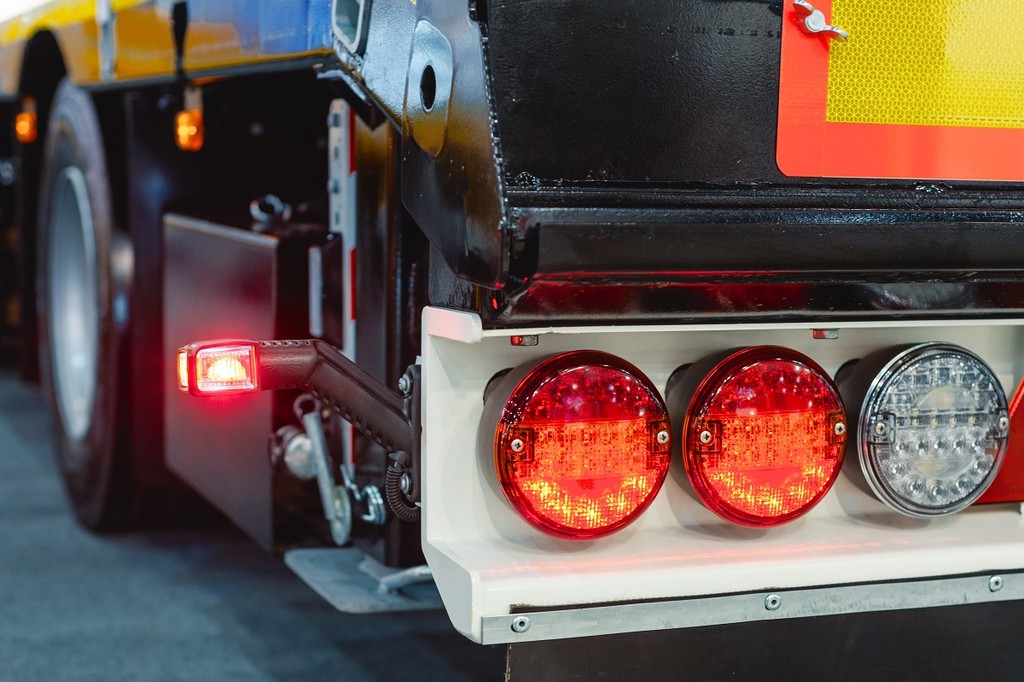What You Need to Know About Canada’s Truck Lighting Requirements
Driving vehicles in darkness and with no lights pose a serious risk. These unlit vehicles, also known as phantom vehicles, are deemed dangerous on the road. This situation is exacerbated by drivers who mistakenly assume that a lit-up dashboard means that their lights are powered on. Such a situation may or may not be true unless appropriately checked. Using proper lighting on vehicles is similarly critical especially during bad weather.
Fortunately, new standards in lighting are available to assist drivers and vehicles to be easily seen, as well as be seen.
New Lighting Requirements
The new lighting standards will take effect on September 2021 and will require vehicles to adhere to the Canadian Vehicle Lighting Regulation. The following requirements must be present in all newly sold vehicles in Canada.
- Taillights need to automatically power on along with daytime running lights
- Vehicle tail lights, headlights, side marker lights must automatically power on whilst in the dark
- Dashboards must remain dark in order for the driver to be easily alerted to power the lights on
- The above standards apply to all types of vehicles, be it trucks, cars, SUVs, heavy trucks, three-wheeled vehicles, or motorcycles
Driving using the correct vehicle lights is important as it ensures safety for yourself as well as others. Always power on your headlights when driving through darkness or bad weather. The following are more important details to remember with regard to vehicle lights.
- Always remember that automatic headlights work only if they are set on automatic.
- A dashboard that is bright does not equate to a powered-on tail light or headlight
- Daytime running lights provide insufficient light to vehicles driving through bad weather or dark streets
Below are further lighting requirements for motor vehicles in Canada
- Vehicles need to be equipped with the number of reflective devices, lamps, associated equipment specially designed to adhere to the recommended practices of the Society of Automotive Engineers.
- Truck tractors are not required to have turn signal lamps situated in the vehicle’s rear as long as the turn signal lamps located near or at the vehicle’s front meet the standards for double-faced turn signals as according to the Society of Automotive Engineers standard.
- Truck tractors are not required to have rear side marker devices, rear identification lamps, rear side marker devices as well as rear identification lamps
- Side marker intermediate devices are not needed on vehicles which measure less than thirty feet or 9.1 metres in total length
- Reflective materials are allowed to be utilized as side reflex reflectors as long as these meet the standards of the Society of Automotive Engineers
- Passenger cars and multipurpose vehicles, buses or trucks which measure less than 80 inches or 2.05 metres in total width are required to be self-cancelling via steering wheel rotation. It must also be cancellable using manual operation.
- The turn signal lamp of a motorcycle must meet half of the minimal photometric values indicated by the standards of the Society of Automotive Engineers.
- Numerous license plate lamps, as well as backup lamps, are allowed in order to fulfill the Society of Automotive Engineers standard.
- Passenger vehicles as well as multi-purpose passenger vehicles, buses, trucks which are less than 80 inches or 2.05 metres need to possess a turn signal operating unit that can withstand a durability test consisting of 100,000 cycles.
- Trailers which measure less than thirty inches or 760 mm in total width is allowed to be equipped with a single tail lamp, rear reflex reflector as well as stop lamp. Any of these can be situated near or directly at the vertical centerline.
- Trailers that measure less than six feet or 1.8 metres in total length, with the trailer tongue included, may not need to have front side marker lamps as well as front side reflectors.
Related article: Ultimate Guide cross-border freight Trucking from Canada to the U.S.
Know the Light Symbols in Your Vehicles
- The master light switch, as symbolized by a headlight bulb and three light rays, means that it manually chooses the various lighting options of a vehicle.
- The daytime running lights symbol makes vehicles easily visible by day.
- The headlight lower beam symbol lights up the road fronting your vehicle. It is mostly used in streets within urban areas or when approaching or following oncoming vehicles.
- The headlight upper beam symbol allows drivers to see farther down a dark street or road as it is able to light up a road to a longer distance. It can light up a minimum of 150 metres in front of the vehicle, and thirty to sixty metres in the lane of any oncoming traffic. However, this must be powered off if another car is driving at the front of your vehicle or is coming towards you.
- The automatic upper beam symbol makes sure that the lights on your vehicle are not causing glare to other drivers.
- Automatic headlights switch the lights either on or off based on the quantity of light present outside the vehicle. This makes sure that your lights are powered on anytime you need them to.
- The front fog lights switch gives drivers a better road view even during fog. Thanks to its wide beam pattern, the road is directly lit up in front of your vehicle. This is best to use when driving in the midst of snow or fog.
- Rear fog lights allow vehicles to be seen by anyone driving behind you while in the midst of a fog. Since such lights are brighter compared to tail lights, these are best used only in snow, fog, or rain as these can be mistaken with stoplights and thus could distract other drivers.
- Marking lights are responsible for activating a vehicle’s front position lights, rear lights, license plate lights, and side marker lights. Marking lights make your vehicle easily seen by others.
Know Specific Truck Lighting Requirements for Each Area
Truck lighting requirements for specific areas in Canada are indicated below.
- In Alberta, two taillights and two brake lights are required. Plus, a license plate light, clearance lights, right and left turn signals, as well as side markers are needed.
- In British Columbia, mandatory lighting includes brake lights, taillights, turn signals, reflectors, license plate lights. Also, reflectors and clearance lights are needed if the overall width of a trailer is anywhere from 2.05 metres or more. The same lighting requirements apply if a trailer has a gross weight of more than 1,400 kilograms.
- In the Northwest Territories, trailers are required to have at least one red taillight as well as a red stoplight located at the vehicle’s rear.
- In Prince Edward Island, the required truck lighting includes license plate lights, brake lights, tail lights, clearance and side lamp markers, reflectors, turn signals, fenders, mudguards.
- In the province of Saskatchewan, truck lighting requirements include tail lights, signal lights, and brake lights.
Conclusion
Adhering to Canada’s truck lighting requirements assures drivers of road safety and security. Lighting regulations help everyone on the road avoid any danger brought on by insufficient lighting. The above information seeks to serve as a basic guide for truck drivers as well as manufacturers. Being aware of specific lighting regulations drastically decreases the risk of injury, death, or damage to life, property, and the environment.
Related article: Best trucking companies in Canada
Sign up for industry alerts, insights & news from RoadLINX


